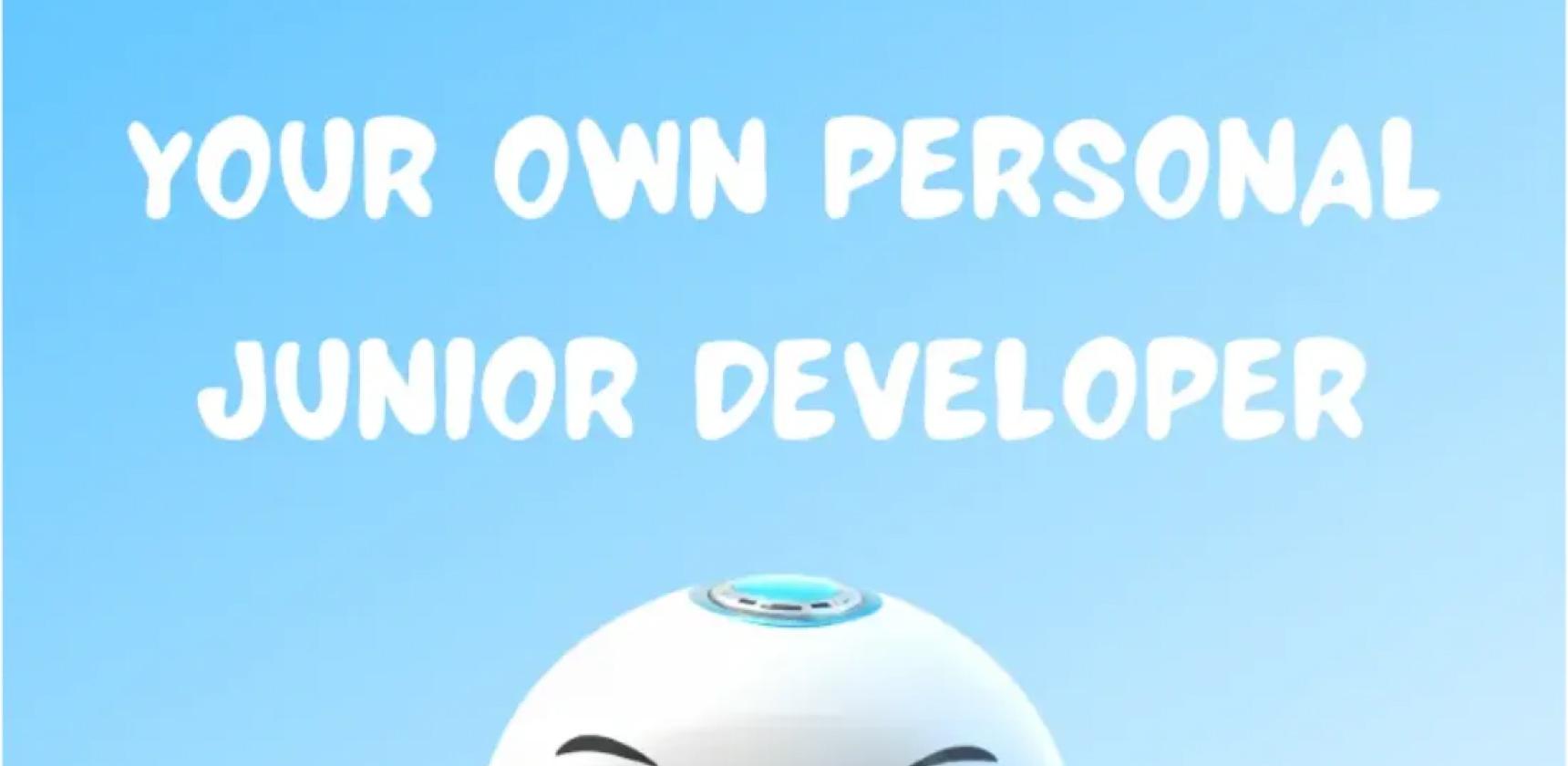Case Study: UI/UX Design Trends 2023
October 11, 20235 Minutes of reading
Scrollytelling.
One subset of motion design that deserves close attention is scrollytelling or immersive scrolling. In a similar fashion to other animation and micro-interactions, scrollytelling is becoming increasingly prominent in enriching the interaction between users and products.
Scroll trigger animation has perhaps less to do with the product’s utility than other types of animation, but when done right, it adds unmatched visual appeal and effective transitions between different sets of information. The storytelling capabilities of immersive scrolling, allow products and particularly landing page designs to come to life, despite more limited content and functionality. In short, scrollytelling provides a type of narration that elevates the content, delights users, improves brand perception and drives desirability. It is a new way of storytelling that is only just beginning to evolve through the countless explorations we see on the internet.
New Bolder Minimalism
Very little is novel about the direction in which minimalism is going next — at least at first glance. All the essential elements of minimalism are there: focus on functional objects without un-functional decor, unobstructed negative space, flat elements and patterns, easy navigation and limited color palettes. What makes the upcoming minimalism trend different is more nuanced and evolved take on the existing concept.
Carefully curated monochromatic palettes will be key to creating a modern minimal look. Combined with large flat color shapes, substantial padding and rounded edges, they result in decluttered but overall ‘rich’ interfaces. Elements will maintain a rounded and soft look, combined with flat graphics and contrasting types. Going into next year, minimalist interfaces will certainly enable more personalized and expressive experiences without sacrificing clarity, readability and easy navigation.
Happy Colors / Dopamine inducing palettes.
Minimal Gallery is one of the leading web design galleries that showcases exceptional minimalist designs from around the world. The website features a curated collection of minimalistic websites, showcasing how the power of simplicity can be used to create visually stunning and highly functional designs. Minimal Gallery serves as an inspiration for designers who want to create a clean and simple design that maximizes the user experience. The website’s sleek and modern design, easy-to-use interface, and comprehensive search functionality make it a valuable resource for anyone looking for inspiration in minimalist web design.
Aurora Gradients.
If you thought that after the Instagram redesign the gradient trend would slowly come to an end, you were wrong. Gradients are not going anywhere, they are just changing the vibe.
Dopamine-inducing palettes can come in color blocks and as increasingly popularized in recent years, they can blend to create eye-catching gradients. Also known as aurora gradients, these bold color schemes pair light complementaries to offer ethereal and contemporary moods that subtly continue to reference the 80s and 90s. This is by no means a new trend, but certainly, one that keeps expanding and finding itself in brand and web assets across a range of industries beyond just tech.
The name comes from their resemblance to the Aurora Borealis, also known as Northern Lights. Mixing compatible colors into an aurora gradient for web and app design projects, makes the whole design look elevated, mystical, expressive and smooth.
(Hyper) Personalization.
Within emotional design, we expect to see a greater focus on personalization as a way to maintain and solidify the relationship between users and products. Whether it is a personal health app, a smart home system, or a personal task manager (to name a very few), researching new ways to provide personalised system feedback will be essential.
This will likely depend on new types of data collection that can then feed into daily user-to-system interactions. For this to be possible, UX researchers and engineers will have to expand their considerations about what kinds of contextual data can be (consensually) collected to establish deeper and of course more beneficial relationships. Such research might also delve into the capabilities of IoT systems, to be able to achieve more seamless and personalized digital experiences.
more
insights
See more of our insights



